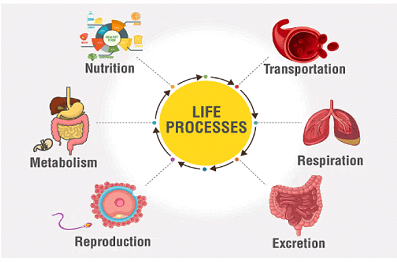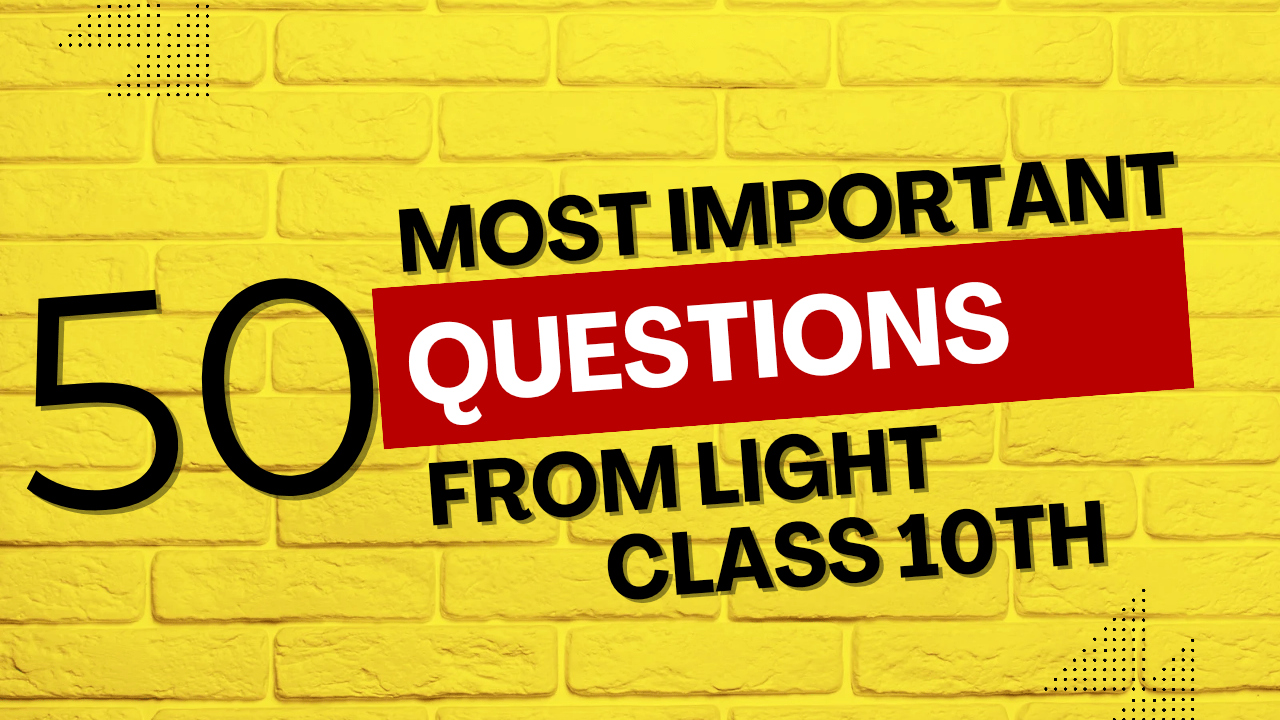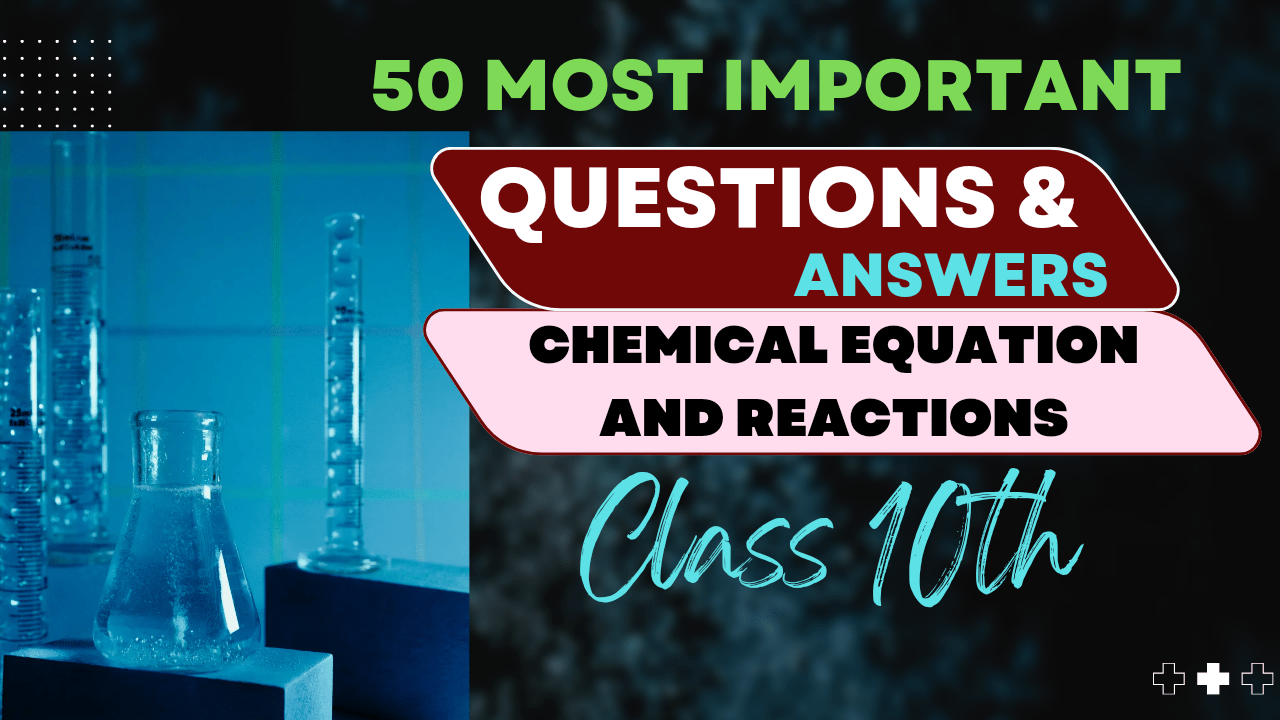Action of Air on Metals
Understanding how different metals react with components of air
Introduction
Air is a mixture of gases, primarily nitrogen (78%), oxygen (21%), carbon dioxide (0.04%), and trace amounts of other gases including water vapor. When metals are exposed to air, they may undergo various chemical reactions, especially with oxygen, resulting in oxidation and corrosion. These reactions are crucial to understand both for scientific knowledge and everyday applications.
Exam Tip:
Questions about the reactivity of metals with air often appear in exams. Focus on understanding the patterns of reactivity across the periodic table and the specific products formed when different metals react with air components.
The Oxidation Process
Oxidation is the primary reaction that occurs when metals interact with oxygen in the air. The general reaction can be represented as:
Metal + Oxygen → Metal Oxide
Example: 4Na + O₂ → 2Na₂O
The rate and extent of oxidation depend on several factors:
- The reactivity of the metal (position in the reactivity series)
- Temperature and humidity
- Presence of impurities or other atmospheric pollutants
- Surface area of the metal exposed to air
Categories of Metals Based on Their Reaction with Air
Detailed Reactions of Specific Metals with Air
| Metal | Reaction with Air | Product | Observations |
|---|---|---|---|
| Sodium (Na) | 4Na + O₂ → 2Na₂O | Sodium oxide (Na₂O) | Surface tarnishes quickly; must be stored under oil |
| Magnesium (Mg) | 2Mg + O₂ → 2MgO | Magnesium oxide (MgO) | Burns with a brilliant white flame when ignited |
| Aluminum (Al) | 4Al + 3O₂ → 2Al₂O₃ | Aluminum oxide (Al₂O₃) | Forms a protective oxide layer preventing further oxidation |
| Zinc (Zn) | 2Zn + O₂ → 2ZnO | Zinc oxide (ZnO) | Reacts slowly at room temperature; faster when heated |
| Iron (Fe) | 4Fe + 3O₂ → 2Fe₂O₃ | Iron(III) oxide (Fe₂O₃) | Forms rust in the presence of oxygen and moisture |
| Copper (Cu) | 2Cu + O₂ → 2CuO (at high temp) 4Cu + O₂ + 2H₂O + CO₂ → 2Cu₂(OH)₂CO₃ |
Copper(II) oxide (CuO) Basic copper carbonate |
Forms a green patina over time (Statue of Liberty) |
| Silver (Ag) | 4Ag + 2H₂S + O₂ → 2Ag₂S + 2H₂O | Silver sulfide (Ag₂S) | Tarnishes due to reaction with trace H₂S in air |
| Gold (Au) | No reaction | – | Remains unchanged in air |
Special Case: Reaction with Moist Air
Some metals react differently with moist air compared to dry air. The presence of water vapor can accelerate oxidation processes and lead to hydrated oxides or more complex compounds.
Example: Iron Rusting
Iron rusting is an electrochemical process that requires both oxygen and water:
4Fe + 3O₂ + xH₂O → 2Fe₂O₃·xH₂O (hydrated iron(III) oxide or rust)
Note: The presence of impurities, salt, or acids can accelerate the rusting process significantly.
Exam Focus:
Make sure you can explain:
- Why some metals corrode faster in coastal areas (presence of salt)
- The difference between the reactions of metals in dry air versus moist air
- The role of carbon dioxide in certain metal corrosion processes
Reaction with Other Air Components
Carbon Dioxide
Some metals, particularly the highly reactive alkali metals, can react with carbon dioxide in the air:
4Na + 3CO₂ → 2Na₂CO₃ + C
Ca + CO₂ → CaCO₃
Nitrogen
Although nitrogen is relatively inert, at high temperatures or with very reactive metals, reactions can occur:
3Mg + N₂ → Mg₃N₂ (magnesium nitride)
6Li + N₂ → 2Li₃N (lithium nitride)
Practical Applications
Protection Methods
- Painting: Creates a barrier between metal and air
- Alloying: Creating more resistant metal combinations
- Galvanization: Coating iron/steel with zinc
- Anodizing: Creating a controlled oxide layer (especially on aluminum)
- Cathodic protection: Using sacrificial anodes
Industrial Importance
- Understanding metal-air reactions is crucial for construction, aerospace, and automotive industries
- Metal-air batteries utilize controlled oxidation for energy storage
- Weathering steel (COR-TEN) forms a protective rust layer for architectural applications
- Thermal oxidation is used in semiconductor manufacturing
Exam Practice Questions
1. Explain why aluminum doesn’t continue to corrode extensively despite being a reactive metal.
View Answer
Aluminum forms a thin, adherent layer of aluminum oxide (Al₂O₃) when exposed to air. This oxide layer is impermeable and strongly bonded to the metal surface, preventing oxygen from reaching the underlying metal and thus stopping further oxidation. This phenomenon is called passivation.
2. Why does iron rust faster in coastal areas compared to inland regions?
View Answer
Iron rusts faster in coastal areas due to the presence of salt (NaCl) in the air. Salt water is a better electrolyte than fresh water, which enhances the electrochemical corrosion process. The chloride ions in salt also break down any protective oxide layers that might form on the iron surface, continuously exposing fresh metal to oxygen and moisture.
3. Compare and contrast the reaction of sodium and copper when exposed to air.
View Answer
Sodium: Reacts rapidly with air at room temperature, forming sodium oxide (Na₂O). The reaction is so vigorous that sodium must be stored under oil to prevent contact with air. With prolonged exposure, it can also react with carbon dioxide and water vapor to form sodium carbonate and sodium hydroxide.
Copper: Relatively unreactive with dry air at room temperature. Over time in moist air containing carbon dioxide, it forms a green patina of basic copper carbonate (Cu₂(OH)₂CO₃). This reaction is slow and the patina actually protects the underlying metal from further corrosion.
Summary
- Metals react with oxygen in air to form metal oxides
- The reactivity of a metal determines how vigorously it reacts with air
- Some metals form protective oxide layers that prevent further corrosion
- Moisture and other environmental factors can accelerate metal-air reactions
- Besides oxygen, metals can also react with other air components like carbon dioxide and nitrogen
- Understanding these reactions is crucial for protecting metals in various applications



